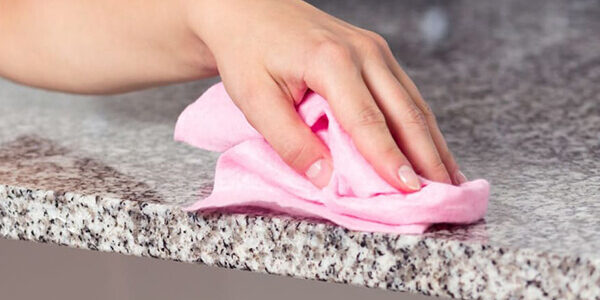Hydrogen peroxide is a common household chemical. It’s used for cleaning and disinfecting. When applied to granite, it can have specific effects.
Granite is a durable, natural stone. It is often used in countertops, monuments, and flooring. Its composition includes quartz, feldspar, and mica. Granite’s strength makes it a popular choice. However, it is not immune to damage.
Hydrogen peroxide acts as an oxidizer. It breaks down organic matter. When used on granite, it can remove stains. These stains might come from food, drinks, or other sources. The chemical reacts with the stain, breaking it down. This makes the stain easier to wipe away.
However, hydrogen peroxide can also affect the granite itself. It can cause discoloration. The stone may lighten where the peroxide is applied. This change can be noticeable, especially on darker granite. Prolonged use can lead to more significant changes. The stone’s appearance might alter permanently.
Another concern is the stone’s sealant. Granite surfaces are often sealed. This sealant protects the stone from damage. Hydrogen peroxide can degrade the sealant. This leaves the stone vulnerable. Without a sealant, granite can absorb liquids. This leads to more stains and potential damage.
It’s important to use hydrogen peroxide carefully. Test it on a small, hidden area first. Observe any changes before wider use. If the stone shows discoloration, stop using the peroxide.
For cleaning granite, there are safer alternatives. Mild dish soap and water can be effective. Specialized granite cleaners are available. These are formulated to be gentle on the stone. They clean without causing damage.
In summary, hydrogen peroxide can clean granite. It removes stains effectively. But it can also cause discoloration and degrade the sealant. Use it sparingly and test before applying widely. Consider safer cleaning methods to preserve the stone’s appearance. This will ensure the granite remains beautiful and durable for years.







